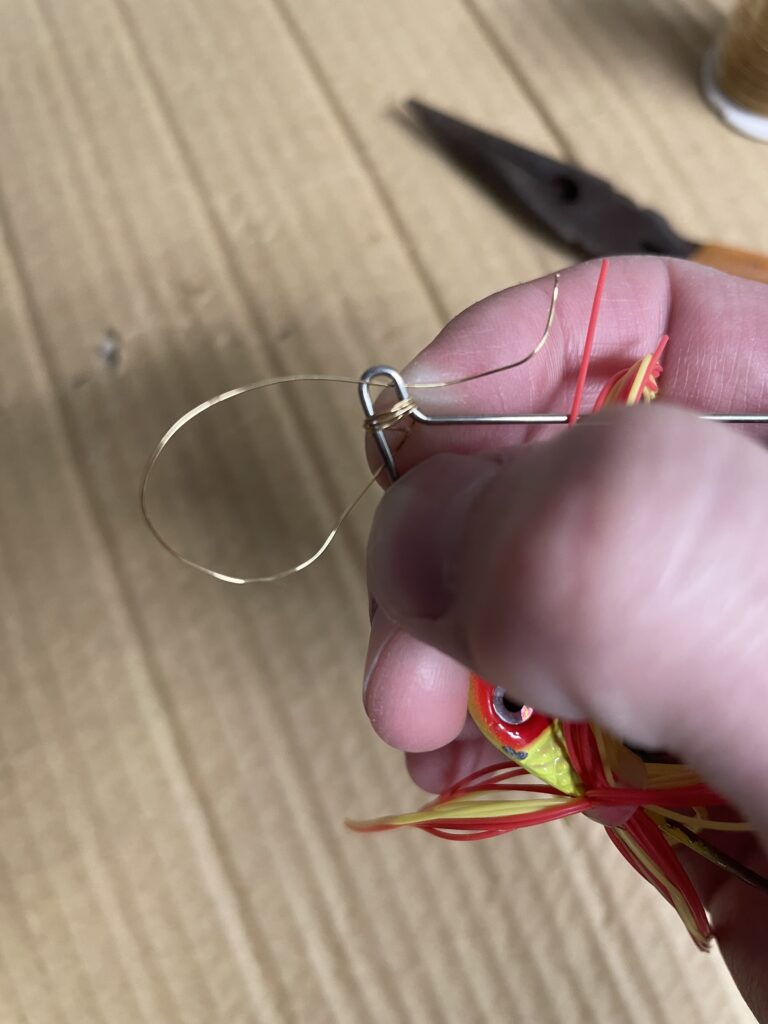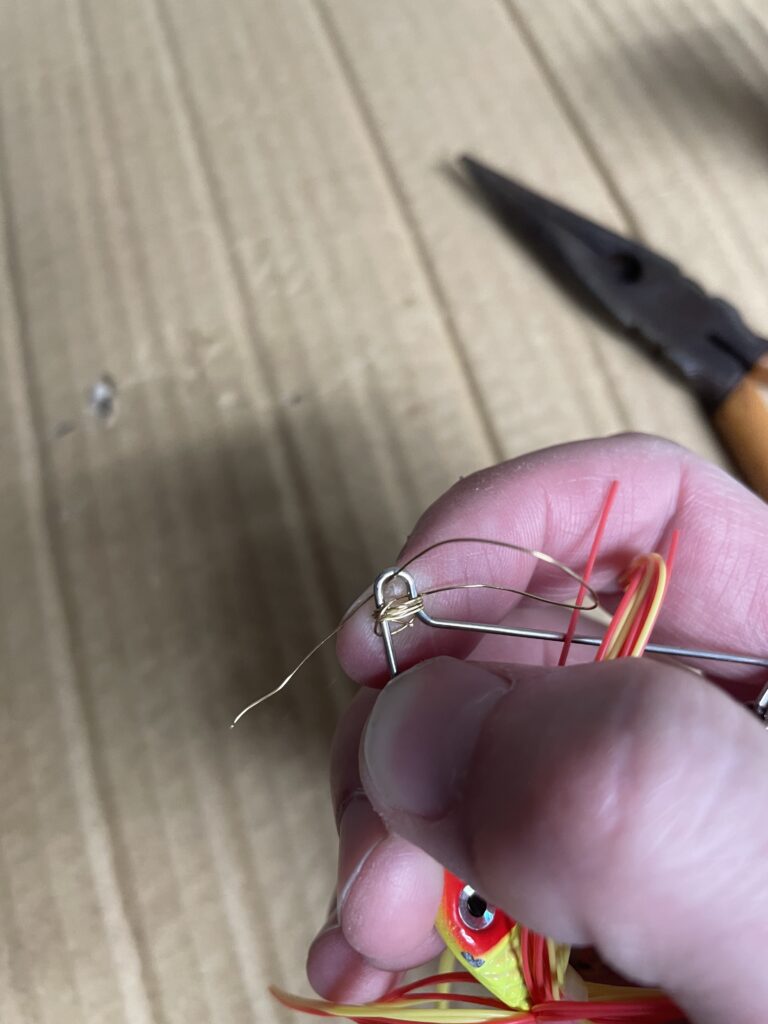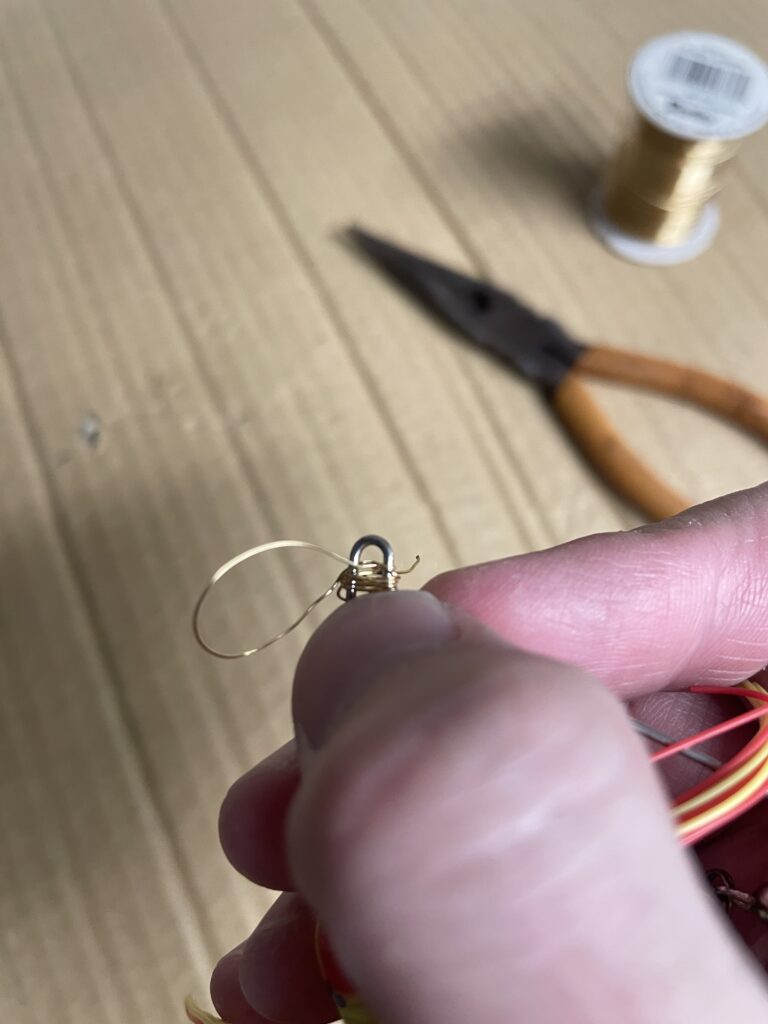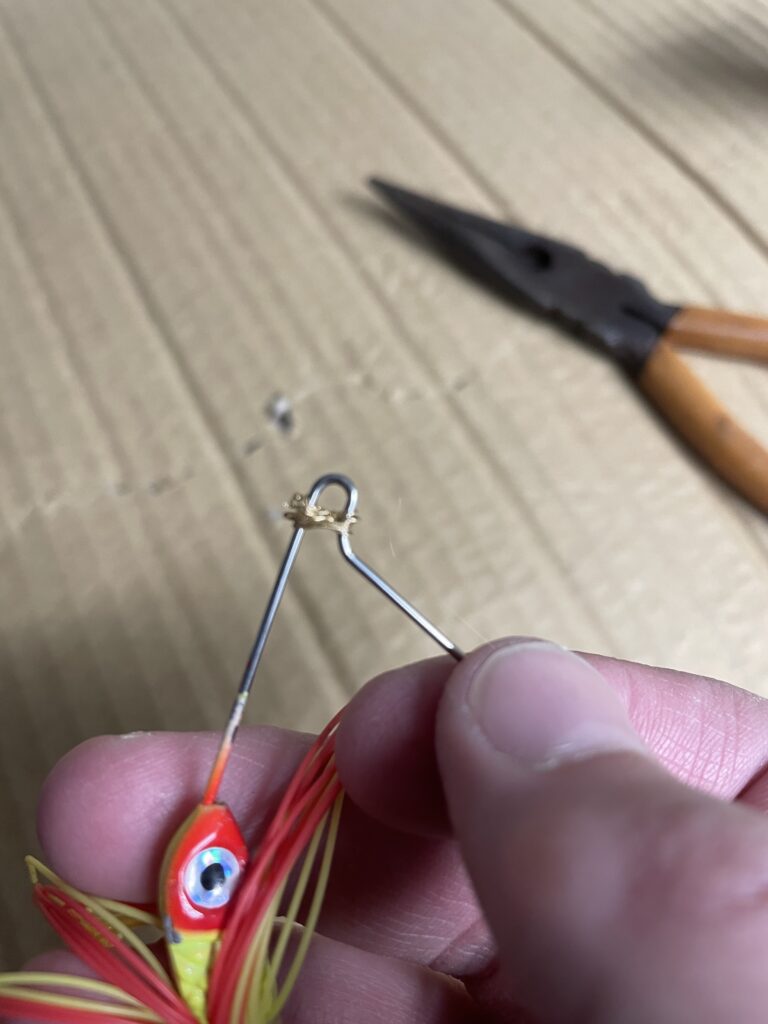
Spinner baits of all types, including in-line and safety pin spinners, are extremely effective lures.
These metals are immensely popular among trout fishermen, because, well, fish love them, in many different conditions. The vast majority of trout I’ve caught, I’ve caught on inline spinners. I made most of them, too.
They’re also effective power fishing lures for many warmwater species, including but not limited to panfish, pickerel, and bass. I’ve actually caught a few channel cats and bullhead on spinners, too.
Bass, in particular, gravitate towards overhead arm spinners, more commonly known as safety pin spinners. These lures can be rolled slow or fished fast, high or low in the water, and routinely generate reaction strikes, even in cold water.
There’s just one thing. They foul, and they foul a lot.
You know how it goes. You make a beautiful presentation right over cover and start your retrieve. Only, something feels off about the lure, like it’s fluttering instead of vibrating.
When you get it back to the boat or the dock, it looks like this:

No wonder you didn’t get any strikes!
The problem with this type of foul is that it’s impossible to clear it without bringing the lure back to the water. Lots of lures foul, such as plugs, spoons and in-line spinners. Sometimes these fouls can be rectified without sacrificing the cast; but the only way to fix a safety pin foul is to bring it back to hand and manually set the lure right again.
There’s more than one way to help prevent this from happening. Some fishermen will tell you to keep the line under more tension while casting (if using a caster) or to brake the line sharply when using a spinner, which helps to “straighten” out the lure before it hits the water.
These techniques work, but not 100% of the time.
Fortunately, just like crankbaits and other plugs, spinner baits can be modified to run true and prevent fouls. I’ve created an easy fix that you can pull off at home in a matter of minutes that will prevent your safety pin spinners from ever fouling again.
All you need are:
A safety pin spinner or buzzbait
A pair of pliers
Some floral wire
And a few minutes to mod the lure
It is essential that you use floral wire or some other sort of wire that has as little memory as possible. You do not want the wire to “want” to unravel as you’re doing this. When you put a turn in the wire, you want it to stay that way. Floral wire is ideal because it is narrow and carries almost no memory.
Begin by making a few turns around the top of the lure where the bend is – where you attach it to your swivel or to the end of your line, as shown in the picture below.

Once you start the wire around the lure and make a few wraps, the wire will hold itself in place. This configuration does not allow the wire to slide down the lure – but it does allow it to slide off the top, so we need to make a few passes through the wire of the lure to hold the floral wire in place.
After you’ve made a few passes around the outside of the spinner bait, you need to pass your floral wire through the loop at the end of the lure, that part that would be considered an eyelet, even though it really isn’t one.
Pass the wire through the open bend in the wire, as shown in the picture below.

Pull that tight, then make another pass through the open bend at the top of the lure, as shown in the picture below.

What you are effectively doing is creating a criss-cross pattern around the wire of the spinner bait. This not only prevents the floral wire from sliding down around the hook or spinner arm of the lure, but also prevents it from sliding off the end.

What we are effectively doing here is creating a false eyelet. If you were wondering if you could just drop a split ring on the end of the lure and not have to worry about all this wire-work, the answer is no.There’d be nothing to stop the split right from sliding up, down and around on the wire body of the spinner. The lure could still fail.
What you need is a closed eye that will not allow your line to slide down around the lead head of the lure or around the swivel on the upper arm that carries the spinner blades.
Make a few more passes back and forth through the end of the lure, continuing to criss-cross the floral wire, pulling it tight each time. Don’t overdo it, you just need a few more passes, say anywhere between four and eight.
When you’re done, cut off the tag end of the remaining floral wire with wire cutters, so it’s shortened against the wrap you created.
Then, using a pair of needle nose pliers, crimp down the wrap of wire you created

It will look like this when you’re done.

There you have it – for a few cents and a in the space of a few seconds, you just created a nearly fail-proof safeguard against spinner bait fouling. This modified lure will probably never fail again.
This hack won’t improve your fishing techniques – but it will prevent you from wasting casts through fouled spinners that need to be cleared before you get back to fishing.
Now get back on the water!
Tight lines.
~The Eclectic Outfitter